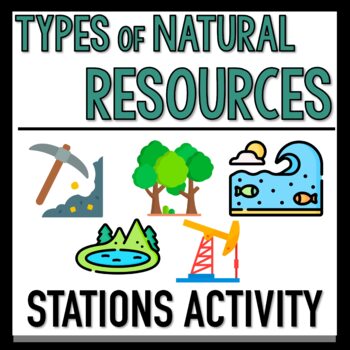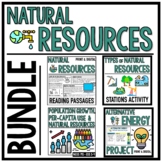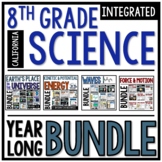Natural Resources Reading Passages: Case Studies
- PDF
What educators are saying
Also included in
- This bundle focuses on natural resources and how their use affects Earth. Students start by learning the difference between nonrenewable and renewable resources and examples of each. Then students model the mining process by mining for chocolate chips and seeing how extracting resources affects thPrice $15.20Original Price $19.00Save $3.80
- Teaching is hard! Make things easier with this bundle that has everything you need for the full year. This year long bundle includes everything you need to teach a middle school level course that meets the NGSS 8th Grade integrated standards for California. This bundle contains a variety of engagiPrice $185.00Original Price $252.50Save $67.50
Description
In this activity, students learn about 5 different natural resources on Earth: Oceans, forests, fresh water, fossil fuels, and rocks and minerals. Student move through 5 stations focusing on one resource at a time. The reading for each resource includes an overview of the resource and the importance of it, one threat that is facing the resource, and a case study looking more closely at the threat in a real world example.
This activity can be done digitally or printed on paper.
The activity starts by having students brainstorm a list of natural resources that students use daily. For example, they might think of cotton in the clothes they wear. Then review what natural resources are and the difference between renewable and nonrenewable resources.
Then students will move onto learn about the 5 different natural resources. Some ideas for the activity:
Printed: Print the picture of the resource on one side and have the information on the backside. (I like to laminate my pages). Set them on tables for different stations – if you have a large class, you can do 2 copies of each station for a total of 10 stations. When students get to the station, they predict what resource it is an how it is important before they do the reading. Then they turn it over, read the information, and fill out their summary on the worksheet.
Or do the whole activity paperless and click through a google slides presentation of the activity!







